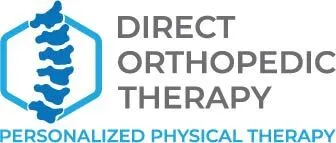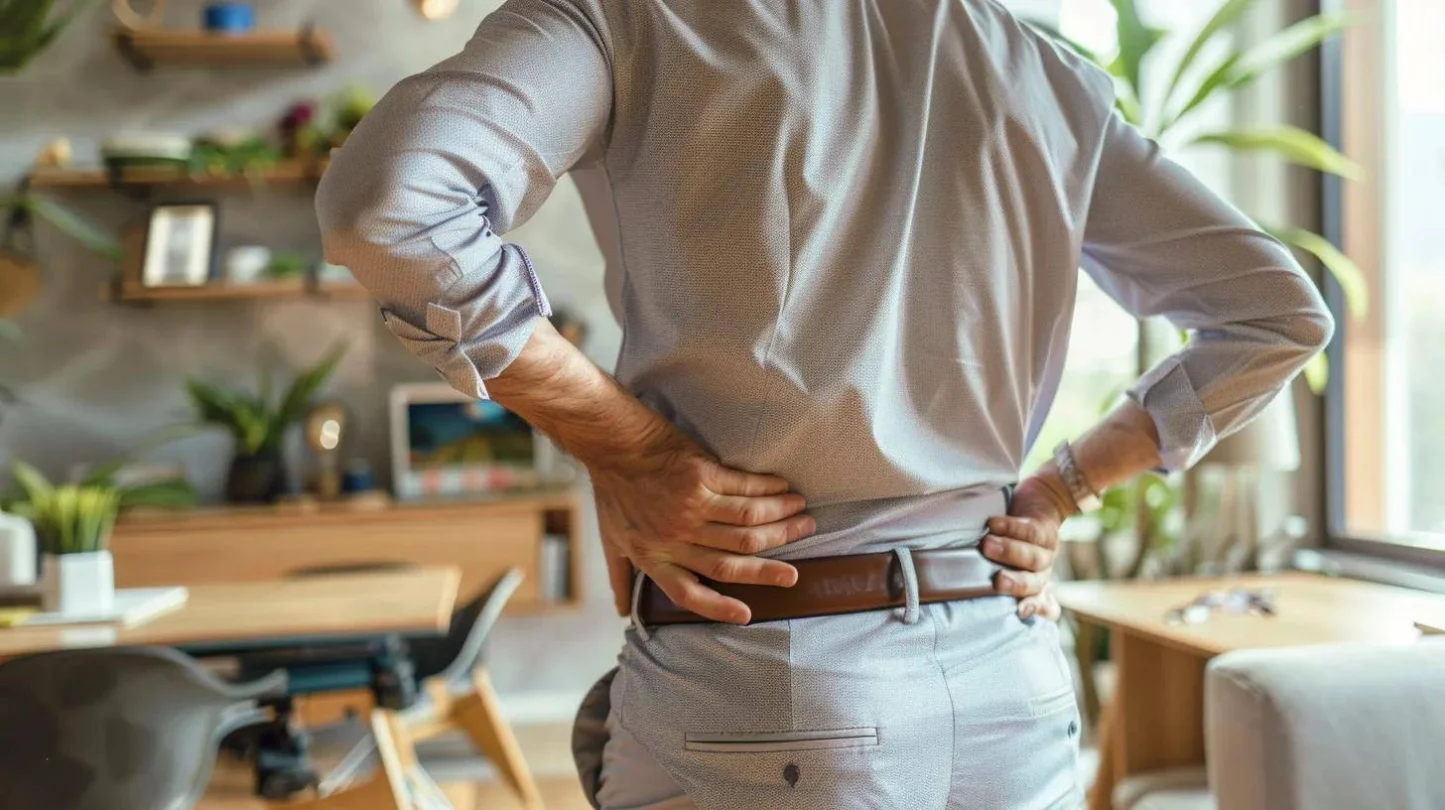Lower back pain is one of the most common reasons people seek medical attention, affecting millions of individuals worldwide. Whether it stems from poor posture, a sedentary lifestyle, or an injury, this condition can significantly disrupt daily life. For those seeking relief, physical therapy offers a non-invasive and effective solution. At Direct Orthopedic Therapy, we specialize in helping individuals overcome lower back pain through personalized, evidence-based treatments.
Understanding Lower Back Pain
Lower back pain can vary in severity and origin, making it essential to understand its causes and symptoms. Acute lower back pain typically lasts a few days to a few weeks, often resulting from muscle strain or minor injuries. Chronic lower back pain, on the other hand, persists for more than three months and may indicate underlying issues such as degenerative disc disease, herniated discs, or spinal stenosis.
Common Causes of Lower Back Pain:
- Muscle Strains: Overexertion or sudden movements can strain muscles and ligaments.
- Poor Posture: Sitting or standing improperly for extended periods can lead to imbalances and discomfort.
- Herniated Discs: Discs between vertebrae can slip or rupture, causing nerve compression.
- Arthritis: Degeneration of joints and cartilage in the spine can lead to stiffness and pain.
- Injuries: Sports injuries, falls, or car accidents can damage spinal structures.
Recognizing the root cause of pain is crucial for developing an effective treatment plan, and this is where physical therapy excels.
The Role of Physical Therapy in Managing Lower Back Pain
Physical therapy is a cornerstone of lower back pain management. It focuses on restoring function, reducing pain, and preventing recurrence through a combination of manual techniques, exercises, and patient education.
Key Benefits of Physical Therapy for Lower Back Pain:
- Pain Reduction: Techniques like soft tissue mobilization, heat therapy, and ultrasound can alleviate pain and inflammation.
- Improved Mobility: Stretching and strengthening exercises restore flexibility and range of motion.
- Personalized Treatment Plans: Therapists tailor interventions to address the specific needs and goals of each patient.
- Long-Term Prevention: Education on posture, ergonomics, and body mechanics helps prevent future episodes of pain.
- Non-Invasive Approach: Physical therapy avoids the risks associated with surgery or long-term medication use.
At Direct Orthopedic Therapy, our experienced physical therapists use these methods to help patients regain control over their lives.
Types of Physical Therapy Techniques for Lower Back Pain
Physical therapists employ a range of techniques to treat lower back pain, each designed to address different aspects of the condition.
1. Manual Therapy
This hands-on approach includes:
- Massage Therapy: Relieves tension in muscles and promotes blood flow.
- Joint Mobilization: Improves joint movement and reduces stiffness.
- Trigger Point Release: Targets specific areas of muscle tightness.
2. Therapeutic Exercises
A core component of physical therapy, exercises focus on:
- Strengthening Core Muscles: A strong core supports the spine and reduces strain.
- Improving Flexibility: Stretching muscles like the hamstrings and hip flexors decreases pressure on the lower back.
- Stabilization Exercises: Enhance overall spinal stability.
3. Modalities and Tools
Additional tools include:
- Heat and Cold Therapy: Alleviates pain and reduces inflammation.
- Electrical Stimulation: Relieves pain by stimulating nerves.
- Ultrasound Therapy: Promotes tissue healing with deep-penetrating heat.
The Science Behind Physical Therapy for Lower Back Pain
Numerous studies support the effectiveness of physical therapy for managing lower back pain. Research indicates that structured exercise programs and manual therapies can significantly reduce pain and improve function in individuals with both acute and chronic conditions.
A 2020 study published in the Journal of Orthopaedic & Sports Physical Therapy highlighted the importance of early intervention. Patients who began physical therapy within the first two weeks of experiencing lower back pain reported faster recovery times and lower healthcare costs compared to those who delayed treatment.
Moreover, physical therapy emphasizes addressing the root cause of pain rather than merely alleviating symptoms, ensuring long-term relief and improved quality of life.
What to Expect During Physical Therapy
Understanding what happens during physical therapy can ease apprehensions and set realistic expectations. Here’s an outline of a typical treatment process:
1. Initial Assessment
The first session involves a comprehensive evaluation of:
- Medical history and symptoms.
- Posture, movement patterns, and spinal alignment.
- Strength, flexibility, and range of motion.
2. Goal Setting
Based on the assessment, your therapist will set achievable goals, such as pain reduction, improved mobility, or return to specific activities.
3. Treatment Plan Execution
Your sessions may include:
- Hands-on manual therapy.
- Guided therapeutic exercises.
- Education on posture and ergonomic adjustments.
4. Home Exercise Program
To reinforce progress, your therapist will provide exercises to practice at home, ensuring continuity of care.
How Direct Orthopedic Therapy Can Help
At Direct Orthopedic Therapy, we understand the debilitating impact of lower back pain. Our team of skilled therapists is dedicated to providing individualized care that addresses the unique needs of each patient. By combining advanced techniques, cutting-edge equipment, and compassionate support, we help patients:
- Relieve pain and discomfort.
- Improve strength and flexibility.
- Prevent future episodes of back pain.
Preventing Lower Back Pain: Tips and Lifestyle Changes
Prevention is as important as treatment. Incorporating these habits into your daily routine can help maintain a healthy back:
- Maintain Proper Posture: Keep your spine neutral while sitting, standing, and lifting objects.
- Exercise Regularly: Engage in activities that strengthen core and back muscles.
- Use Ergonomic Furniture: Invest in chairs and workstations designed to support spinal health.
- Avoid Prolonged Sitting: Take breaks to stretch and move around.
- Manage Stress: High stress levels can lead to muscle tension and back pain.
Conclusion: Take the First Step Toward Relief
Lower back pain doesn’t have to control your life. Physical therapy offers a proven path to relief, recovery, and resilience. At Direct Orthopedic Therapy, we’re here to guide you every step of the way with personalized treatment plans and expert care.
Don’t let lower back pain hold you back. Contact us today to schedule an appointment and discover how we can help you regain your strength, mobility, and confidence.



